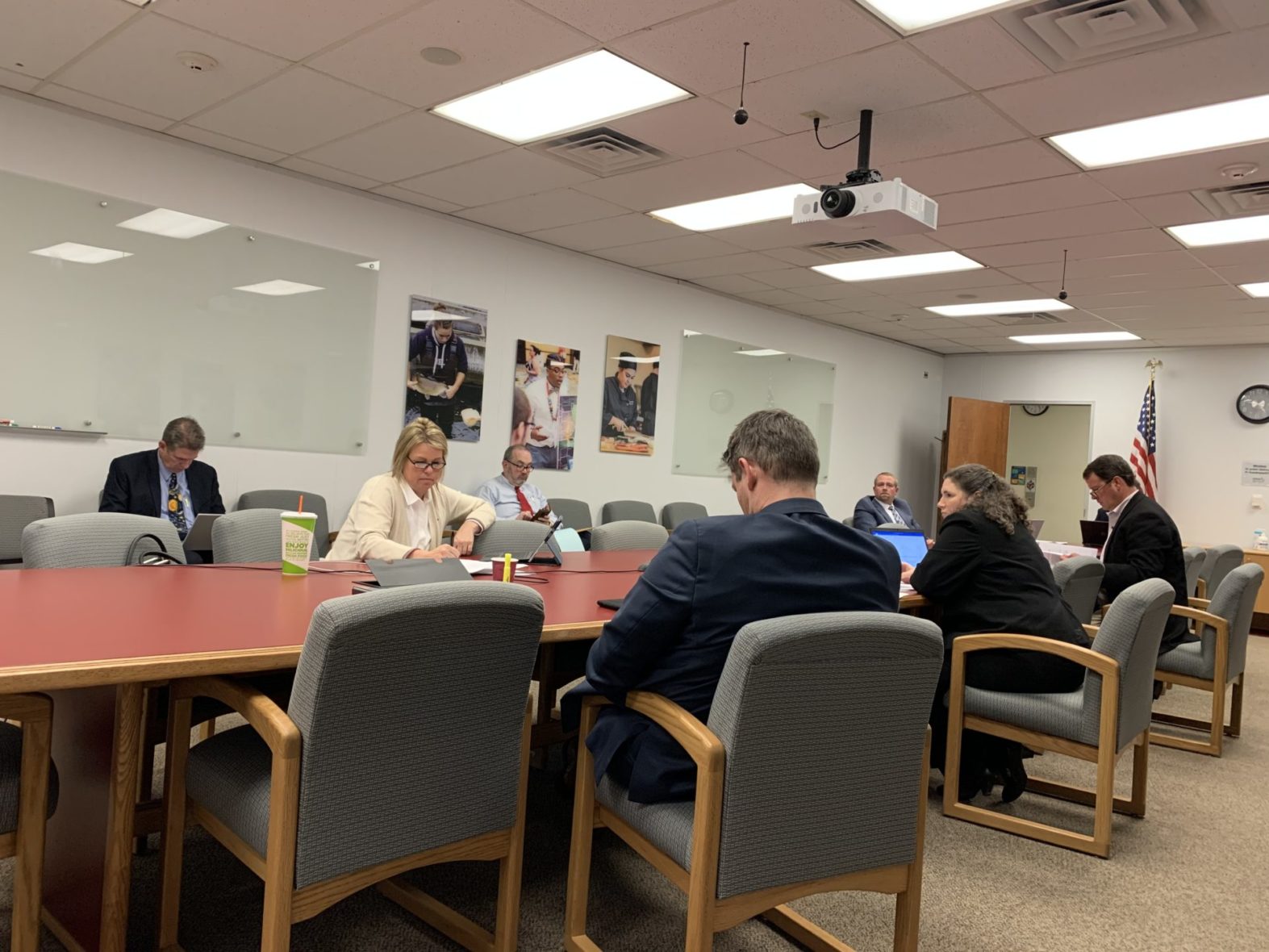
The State Board of Education has ordered a four-week public school closure — and the shutdown could run longer.
During what the board called a “soft closure,” schools will be closed to students. At least for now, the shutdown runs through April 20.
The shutdown is designed to provide some guidance for school administrators, as a global pandemic shakes the foundation of Idaho education.
Only eight days ago, Gov. Brad Little stopped short of ordering a statewide school closure, leaving that decision to local school administrators. Many districts large and small decided to close immediately — with many shutdowns that coincided with spring breaks. But now, administrators have started to wonder when they will know that it is safe to reopen, and what learning will look like in the interim.
“We don’t have all the answers,” said State Board President Debbie Critchfield, during a special board meeting Monday afternoon. “And in many cases, we don’t have all the questions yet.”
But even as the State Board approved the four-week closure on a unanimous vote, board members said the April 20 target date is not absolute. In discussions with local administrators, some pushed for a May 1 target date.
“There was a lot of discussion about what is the right timeline here,” board member Kurt Liebich said. “We very well may have to revisit that.”
But April 20 represents, for now, a best estimate on the need for a school closure based on recommendations from health experts and a real-time look at Idaho’s coronavirus cases, Critchfield said. Based on state and local health district figures, Idaho has more than 65 coronavirus cases; the state’s first case was confirmed on March 13.
While classrooms will be closed during the shutdown, schools will still be expected to develop and implement a remote-learning plan and a special education plan. Schools will also continue to provide meal services for underserved students and child care “for community members who provide critical services.”
The closure underscores the fact that the State Board — and local educators — are anticipating a long and dramatic upheaval in Idaho’s K-12 system. On Monday, state officials said they were trying to send a message to local administrators: Focus on the essentials.
“Clearly there needed to be a reset,” said Greg Wilson, Little’s education adviser.
To that end, the State Board spent much of Monday’s meeting rolling back a series of requirements.
- The board wants to drop its Idaho Standards Achievement Test in math, English language arts and science. The ISATs are a linchpin of the state’s accountability plan with the federal government, and that means the U.S. Department of Education will have to sign off on Idaho’s plan. But on Friday, the feds said they will allow states to seek testing waivers.
- This year’s high school juniors would no longer have to take a college-entrance exam in order to graduate.
- High school seniors will not need to turn in a senior project.
- The state will waive some transportation rules. The idea is to allow schools to use their bus drivers creatively — for example, to deliver meals to students.
The State Board left several items unresolved. Depending on whether schools reopen, kindergarten through third-grade students might still take the spring Idaho Reading Indicator. And the board hasn’t figured out what to do about instructional hours. Under state law, schools must offer minimum classroom hours — anywhere from 450 hours for part-time kindergarten to 990 hours in high school. An extended closure could leave some schools short of the legal requirements.
But for many parents and teachers, the four-week closure could have the most tangible short-term effect. It replaces what had been a patchwork. While most schools did decide to close, some had been planning to reopen next week. Others were looking at an early April reopening date. Others, such as West Ada and Idaho Falls — had decided last week to extend their closures into early April.
With most schools closed, Critchfield said, it made sense to come up with a systematic statewide approach for reopening classrooms — when that time comes. And while some Idahoans have criticized Little for rejecting a statewide closure, Critchfield defended the decision.
“I think the governor was right to leave it to local determination,” Critchfield said.
